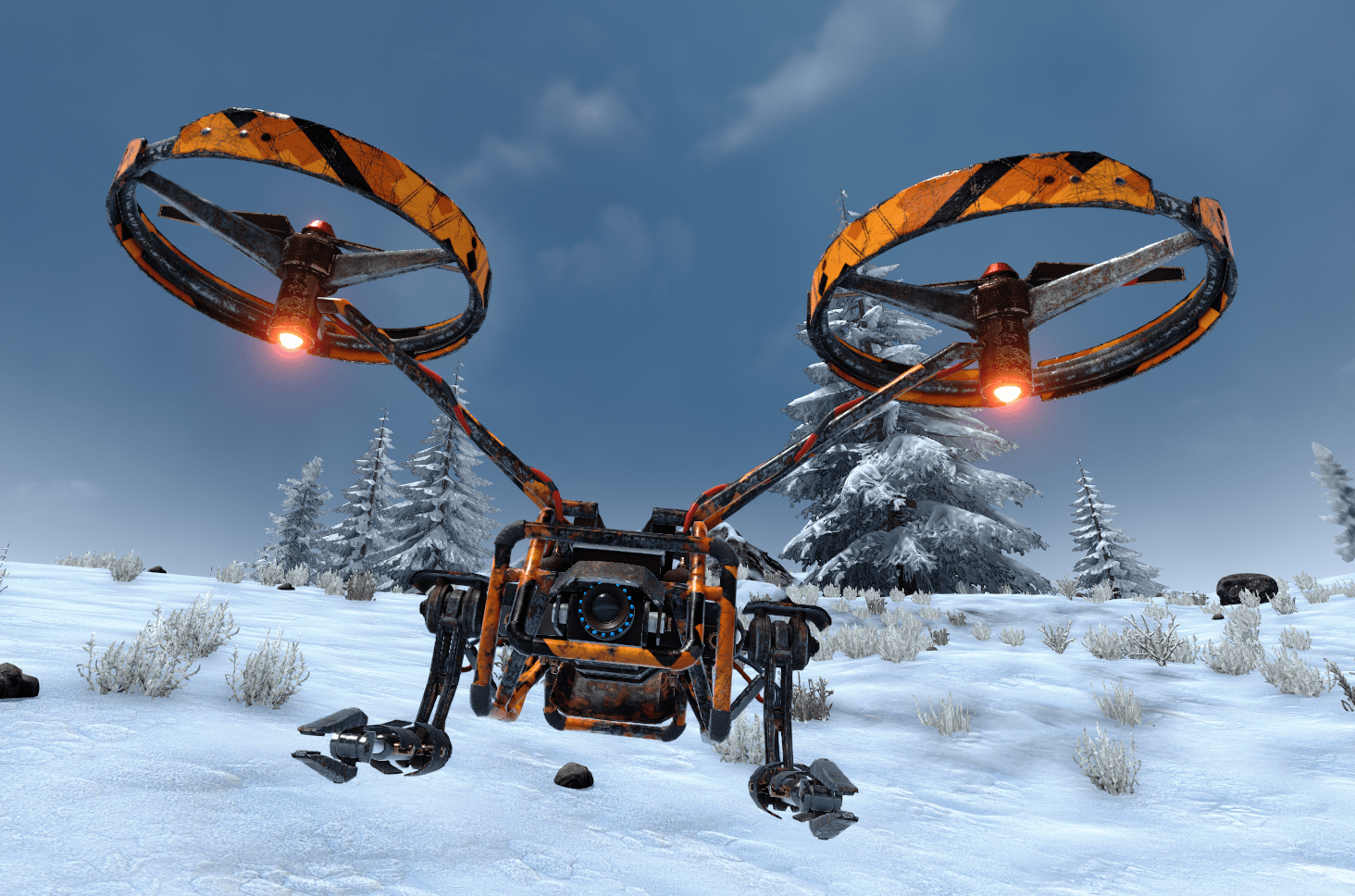Suction-Pad-Equipped Robotic Drones Can Fly, Swim, Or Hitch A Ride

According to its creators, a robotic drone that can travel through air and water and attach itself to larger objects with a suction cup could be useful for tagging wild animals.
The suction cup was inspired by the remora fish, which attaches itself to larger marine creatures in a symbiotic relationship in which the remora eats parasites that irritate its host in exchange for a ride.
Check Mi and Realme Upcoming Phones
What Does The Creator Have To Say?
According to the creator, his initial thought was to “find a point where they could beat nature.”
Then he had the bright idea of creating a robot that can not only swim and stick underwater, but also fly and stick in the air. However, we do not believe any animals are capable of doing so.
A 3D-printed replica of a remora fish suction pad was created by the creator and his colleagues. The small rubber-like pad has a segmented layout that allows it to create a tight seal even when part of it is not in contact with a surface.
Strong suction can be created by changing the volume of each segment after a seal has been formed – hydraulically in the robot, but by muscular contractions in the fish.
Check NVIDIA GTX 1630
They were also inspired by kingfishers’ ability to fly into water and catch prey by folding their wings as they hit the surface. The drone’s rotors have hinged blades that automatically fold and unfold as the RPM changes between the high speeds required for air flight and the lower speeds required for water flight.
What Happened During The Laboratory Tests?
In laboratory tests, the 40-centimeter-long and-40-centimeter-wide drone successfully attached itself to a moving submersible robot, hitched a ride for a short time, and then detached. It used about 5% of the power it would have used under its own propulsion while attached.
It can also hitch a ride on objects in the air, where it uses about 2% of the energy needed to fly on its own. In a single journey, the robot can breach the surface of the water, fly steadily in the air, and resurface several times.
Check Whatsapp Introduces New Features
Maximum Depths
It can operate at depths of up to 2.2 meters, which are limited by its onboard communications with controllers located outside of the water. According to researchers, future autonomous devices will be able to operate at much greater depths.






